Mostly sunny, 80-85°F days and 55-64°F nights. 
Vacation! I was lucky enough to do some wandering in Mexico last week. I didn’t get to explore the natural wonders of Mazatlan on my own, but did get to see some very interesting things during guided tours. The plants and animals in Mexico are all new to me. I wish I could share all the birds, trees and flowers I could only see from a bus or boat. I didn’t take my Nikon, but had my iPhone and a point and shoot Sony.
The view from our 2nd floor room at Torres Mazatlan was perfect.
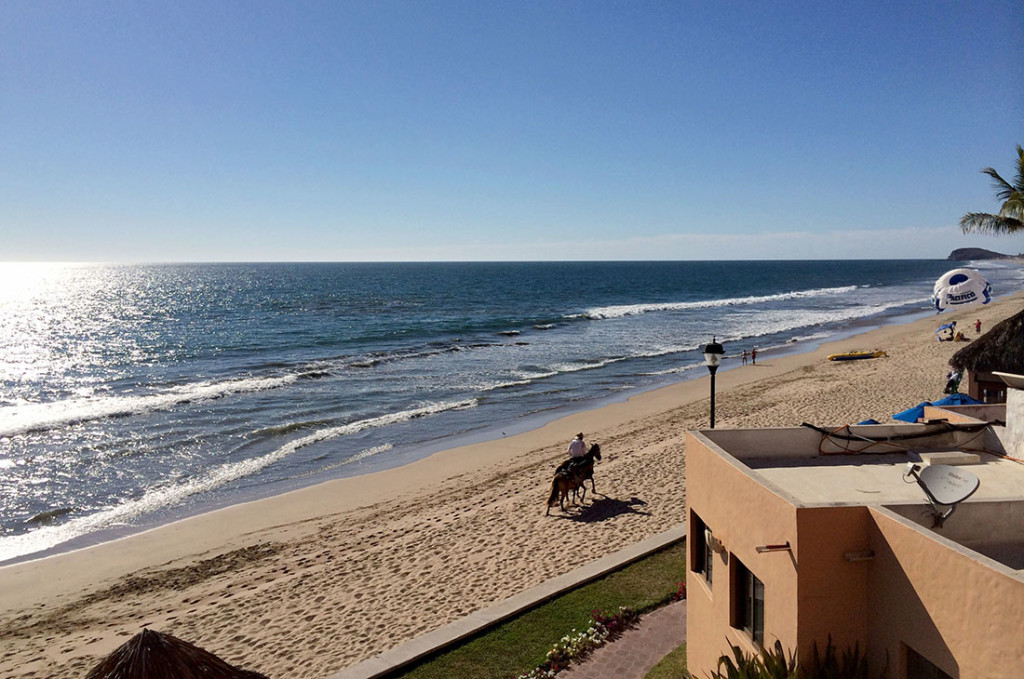
It was a great location for watching shore bird activity and some spectacular sunsets. I saw a flock or Roseate Spoonbills fly over! They are so pretty in flight.
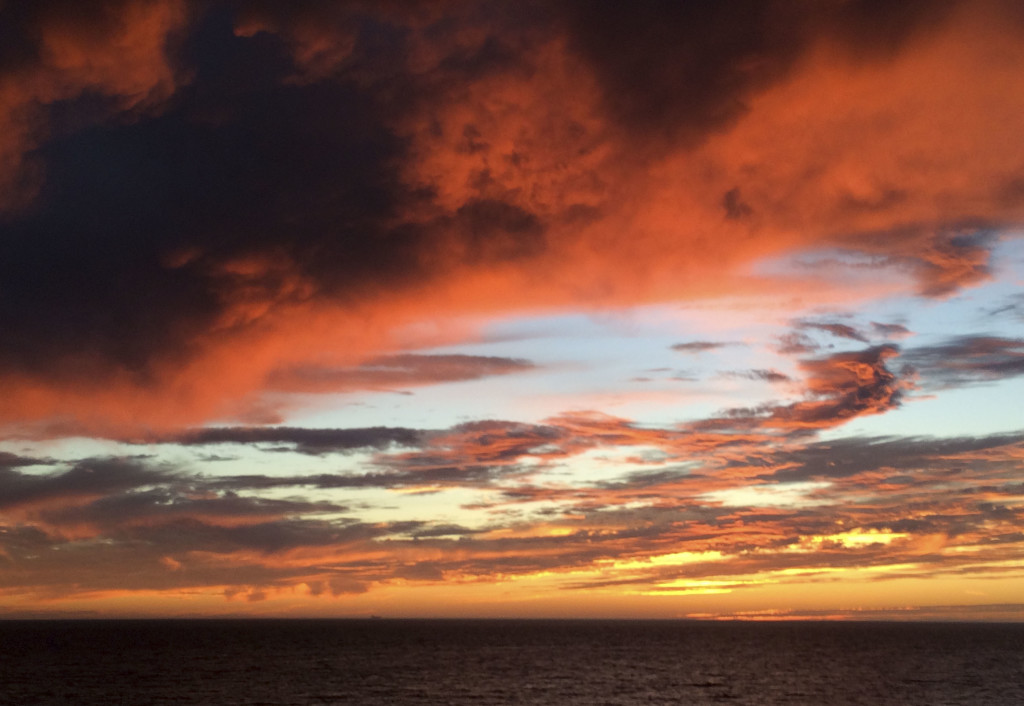
While walking along the beach, in the early evening, little pallid ghost crabs darted out of the way of our feet. If they hadn’t moved, they would have been invisible. This photo shows how much activity happens around one of their burrows.
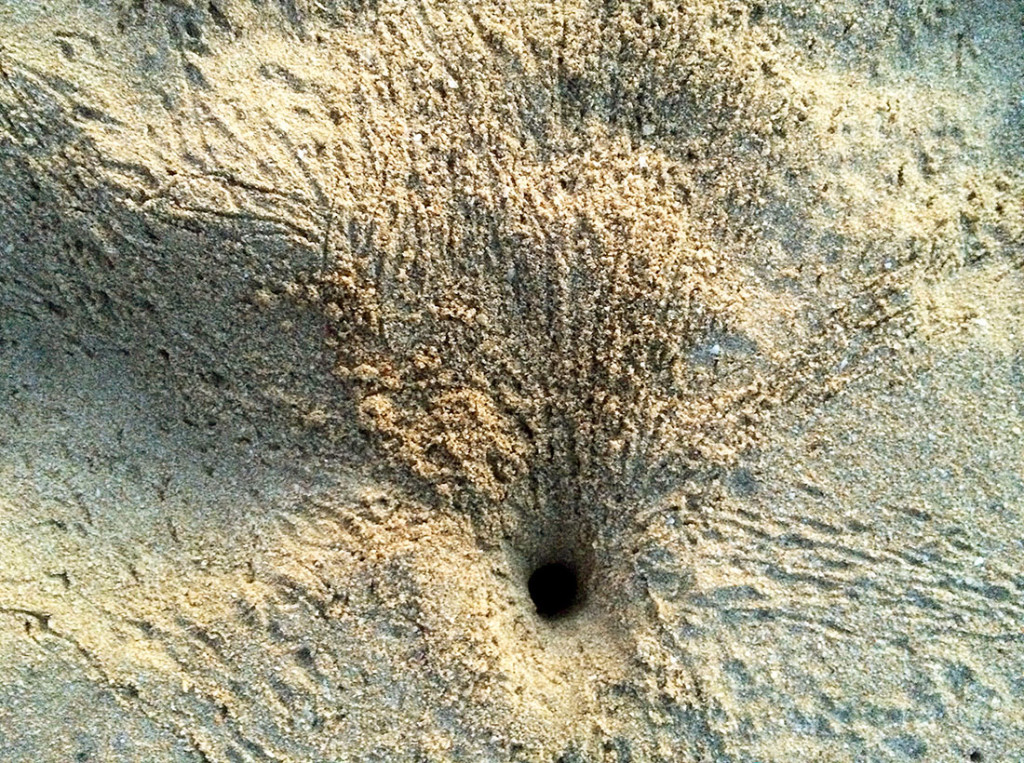
Getting a photo of an active pallid ghost crab is impossible with an iPhone, but this shows how well they can blend in. Some good photos of this type of crab can be found at Macrocritters
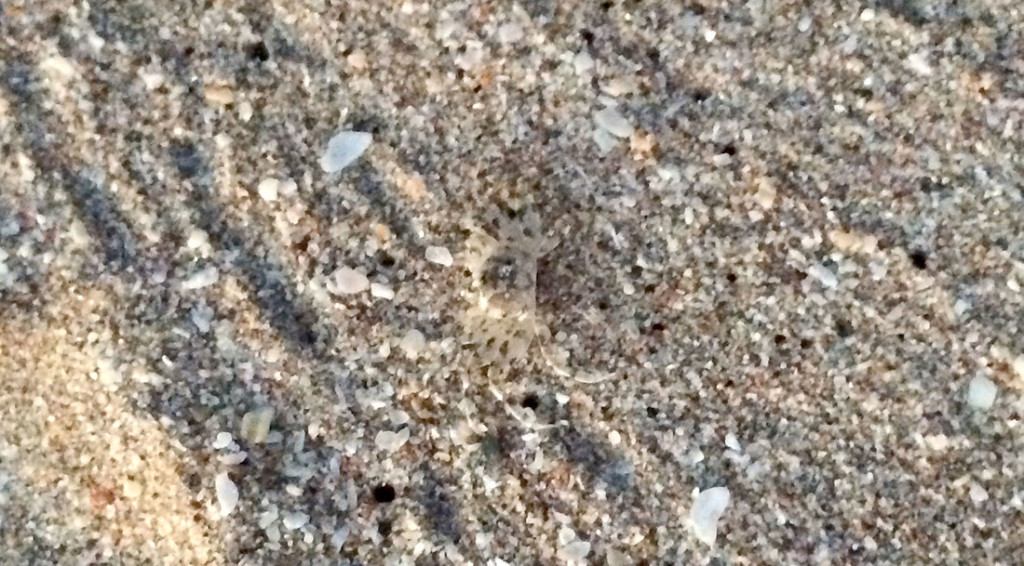
A few iguanas hung around the resort area.
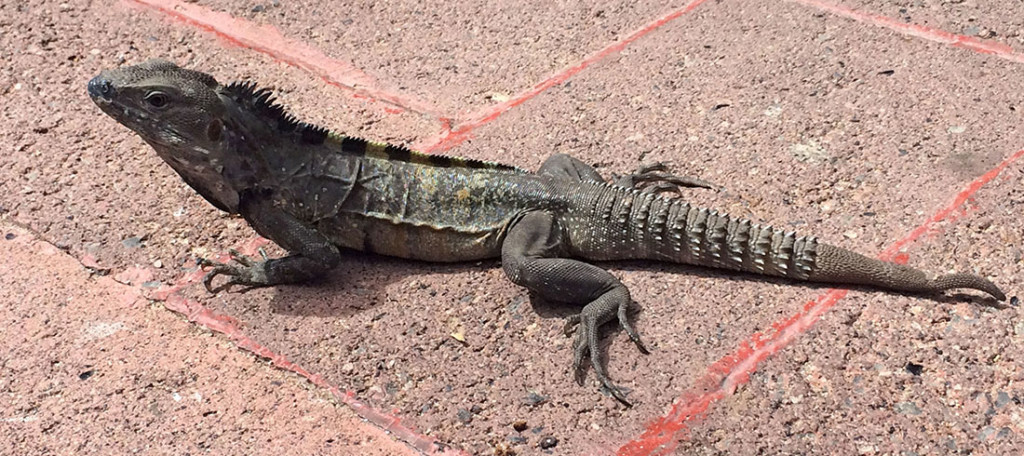
The first tour we went on was the King David Jungle Beach tour with Polo, who was a great guide. He had a few friends join us, this is Juanito. Polo claimed that he found the bird covered in oil, took it home, cleaned it and released it less than a week later. Now this bird and couple others are his tour companions (he also feeds them from the boat).
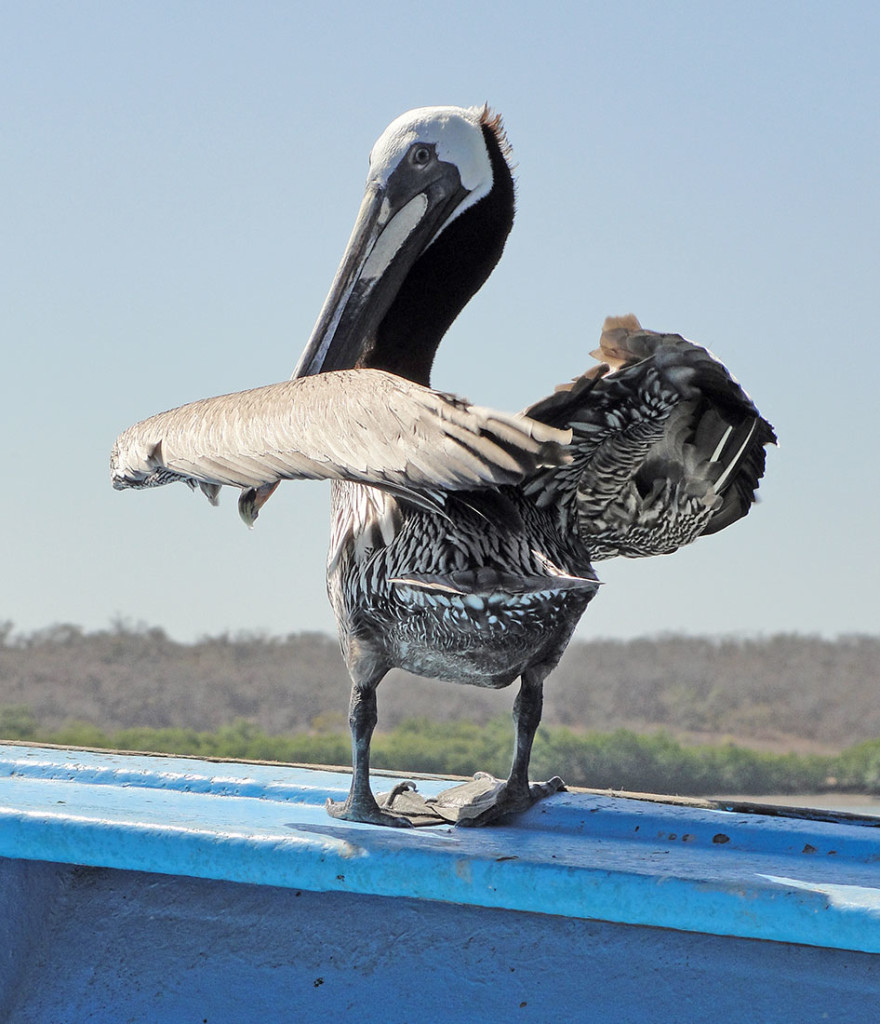
We rode through an area lined with shrimping and tuna boats. Mazatlan has the second largest fishing fleet in Mexico, catching approximately 69% of the national production of tuna and around 37% of the shrimp then processing them. These are shrimp boats, and no, I have no idea what the story is on the swimmer.
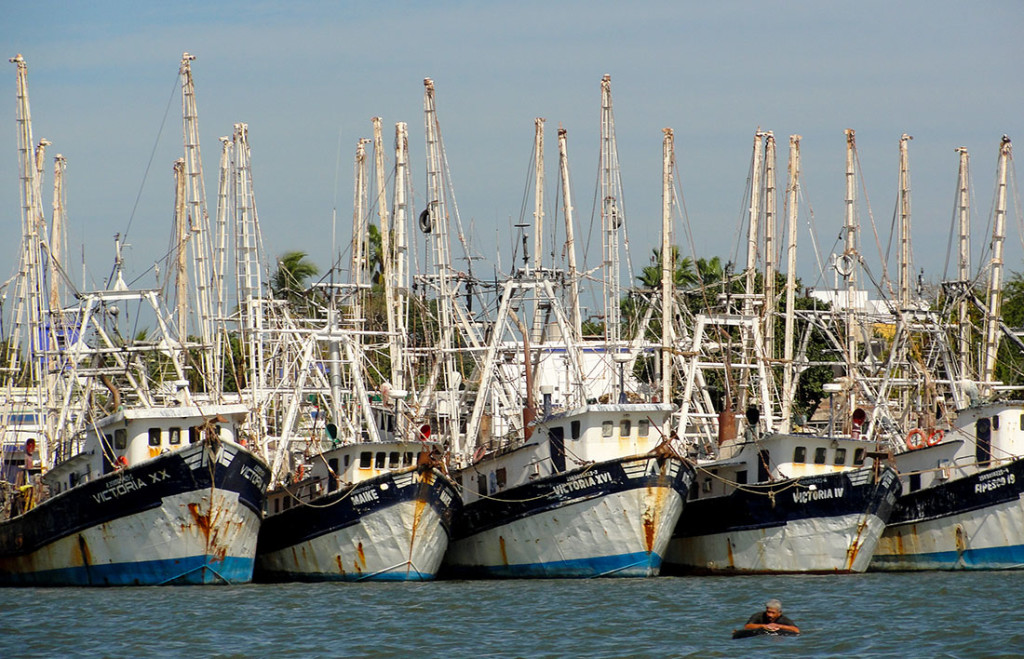
We made our way into a Mangrove lined canal. There were plenty of birds to see along the way. I saw a Little Blue Heron and plenty of Great blue herons.
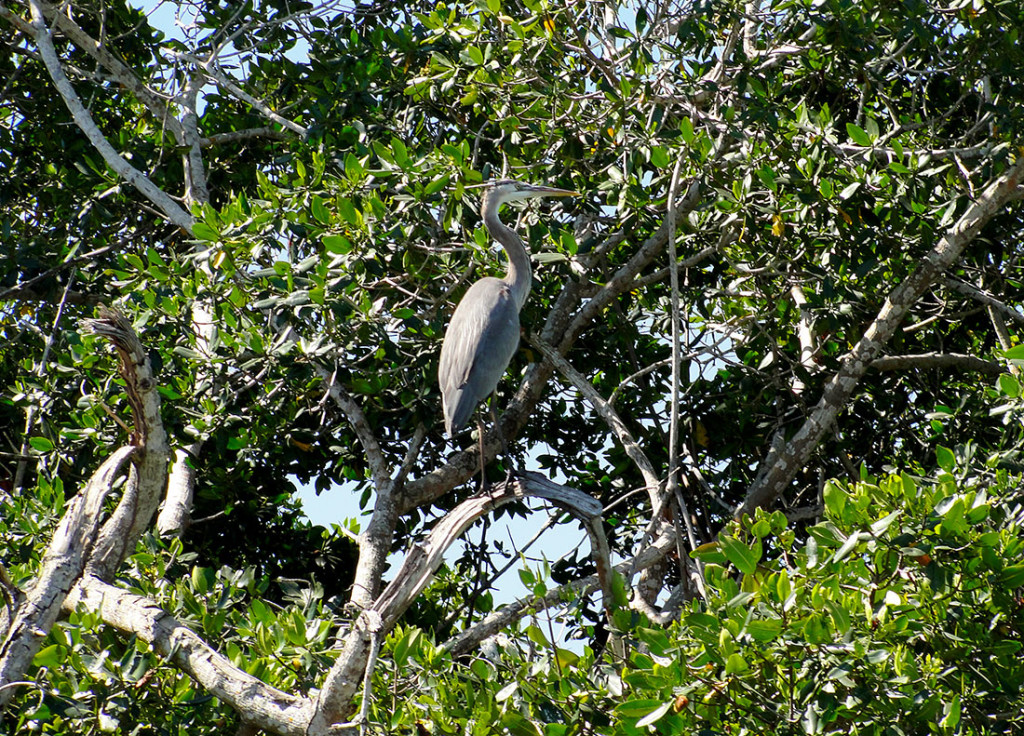
This is a Yellow-crowned Night-Heron, which doesn’t seem nocturnal this day.
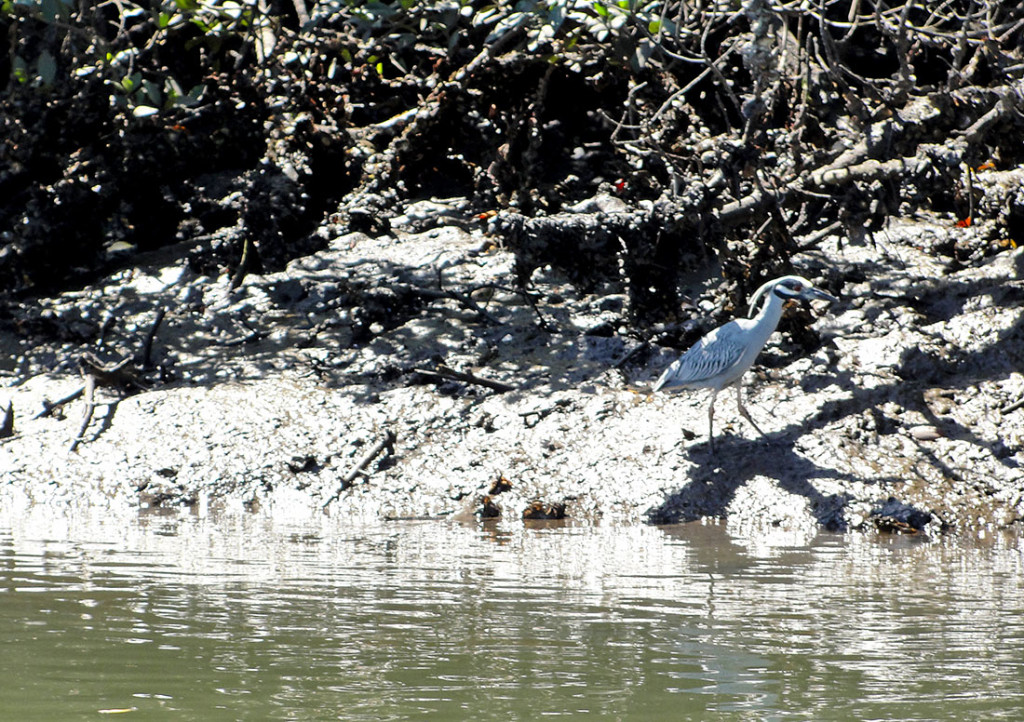
This Great Blue Heron is in front of Mangrove trees, showing their roots covered in marine life. This canal is brackish water and Mangroves can filter the salt out. Shrimp use the root system as a nursery so the Mangroves are very important to this area’s economy.
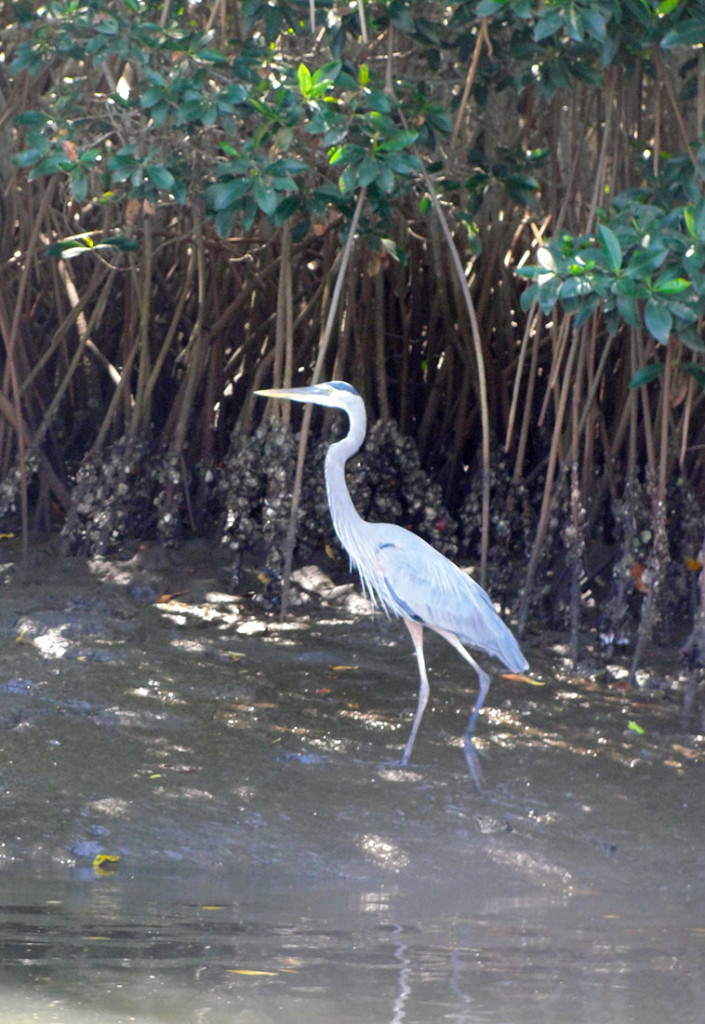
We stopped at a coconut farm to have lunch and visit their beach. On the muddy shore of the canal, I got a closer look at some fiddler crabs. These are very small crabs, under 2″.
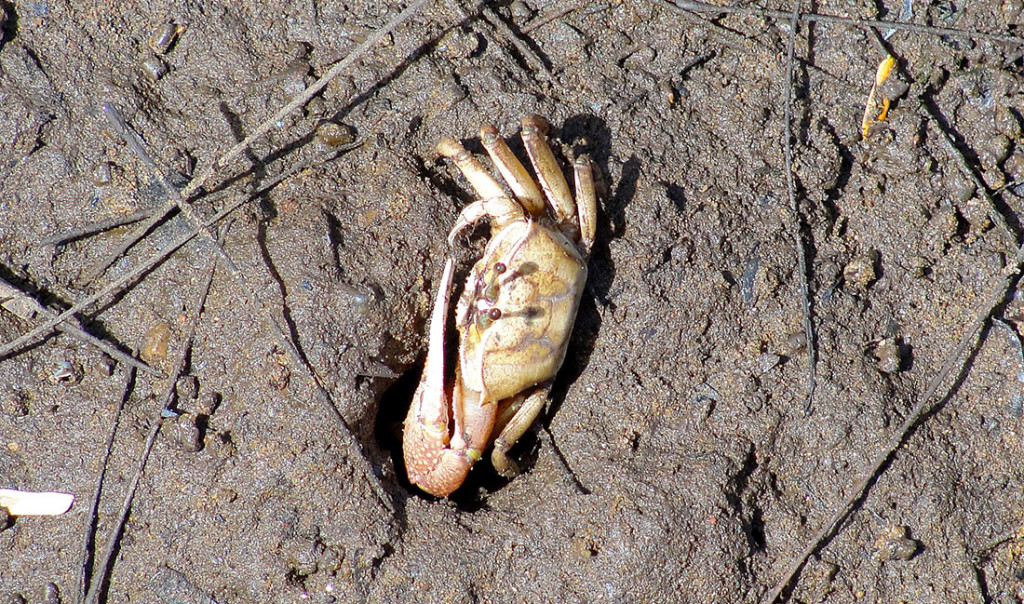
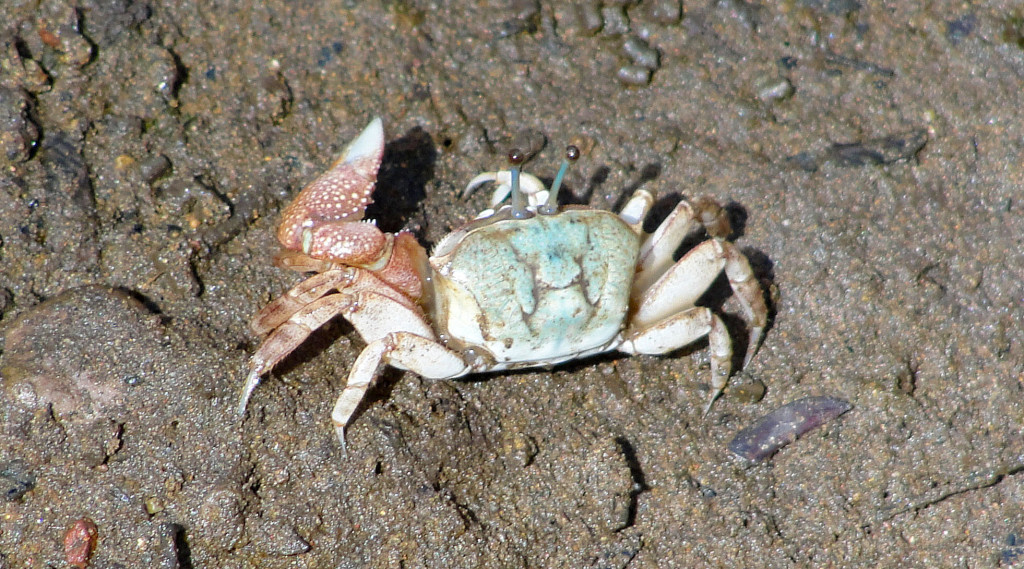
The front portion of the farm had lots of adorable baby chickens running around and various fruit trees on display. We saw Jackfruit, limes, avocado, coconut and a few others. This is what tiny yellow mango fruits and their blooms look like.
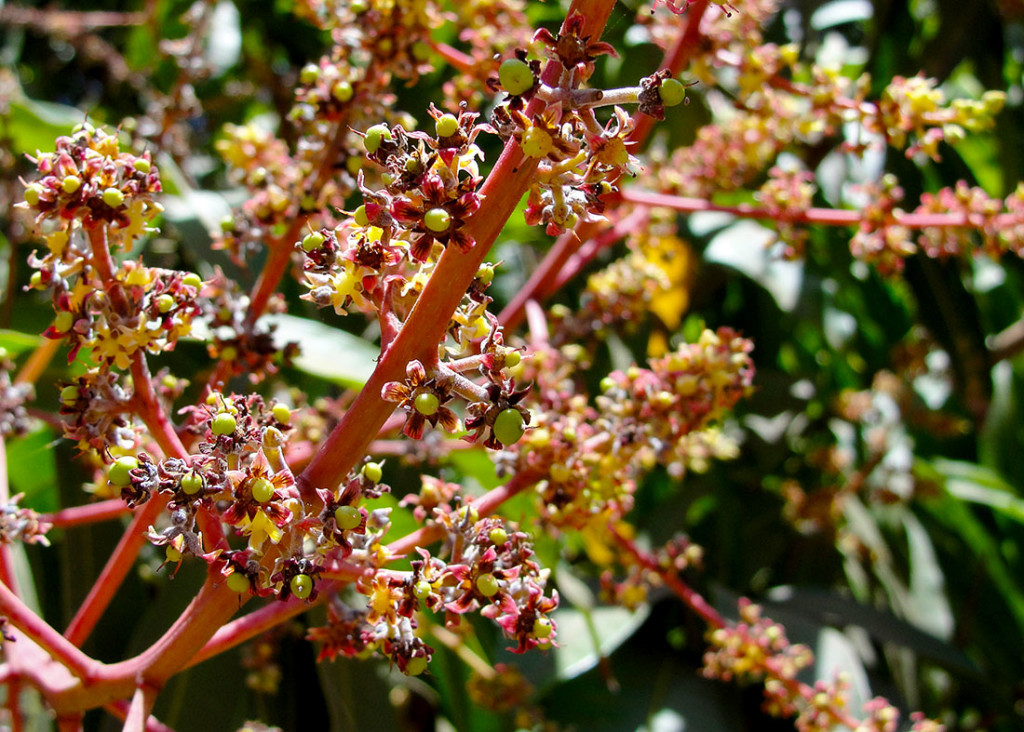
It seems like a lot of tiny blooms for the number of fruits that grow to edible size. I had never tried a yellow mango before this trip to Mexico. I love them! Luckily my local store carries them.
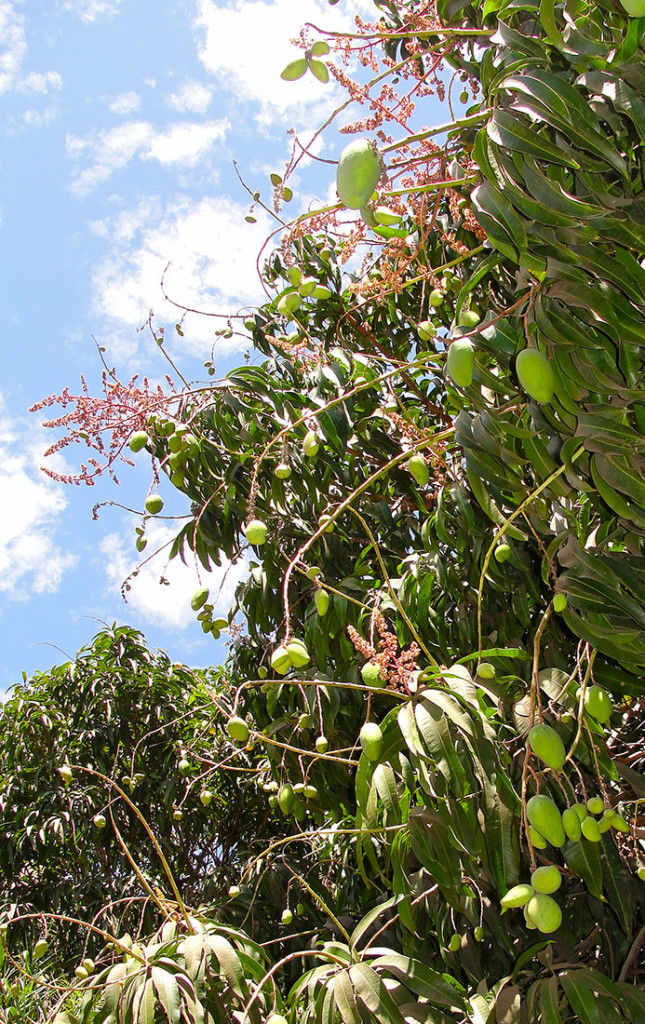
We loaded up into a trailer pulled by a tractor, and rode through the coconut tree farm. The trees seemed to stretch out forever in either direction.
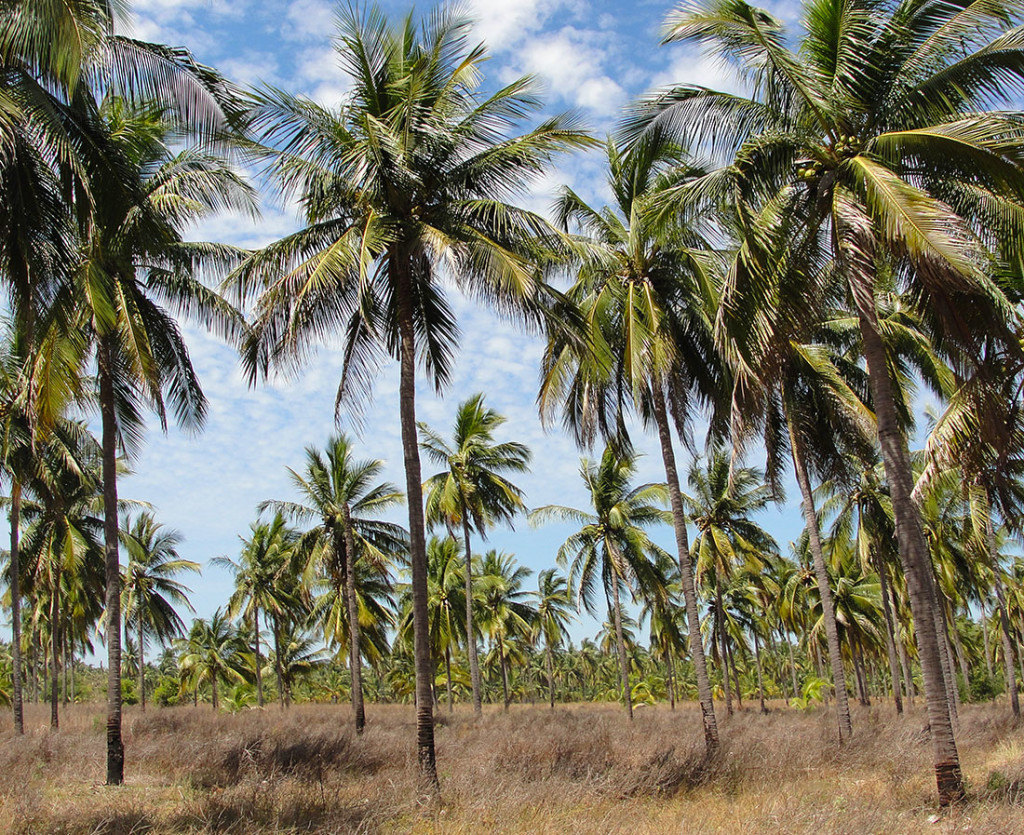
Shortly we arrived at the beach. This is one of the prettiest beaches I’ve ever been to and it was perfect for walking. You can see the coconut farms along the right side of this photo.
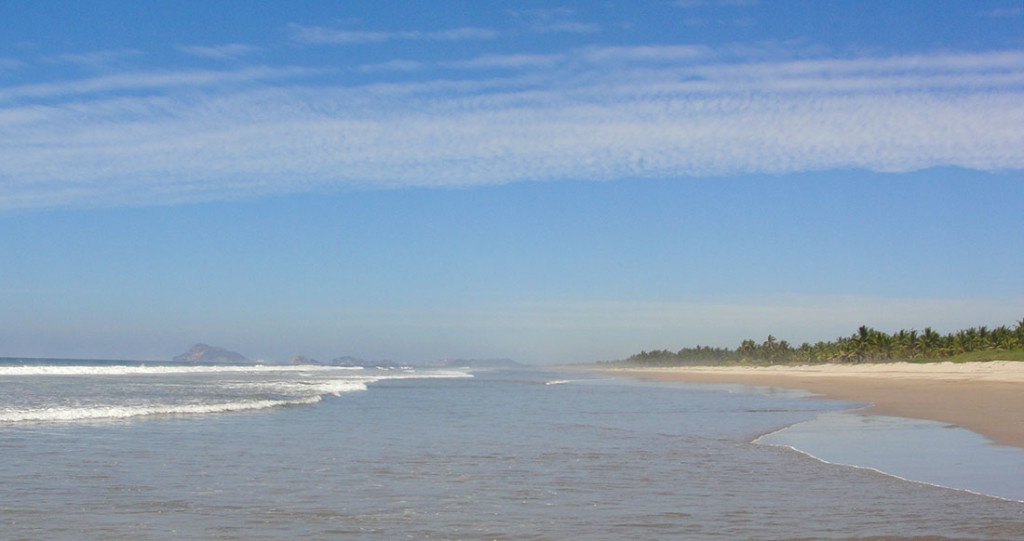
Here’s a view in the other direction. If you look closely at the wet sand, you can see little dimples or holes everywhere.
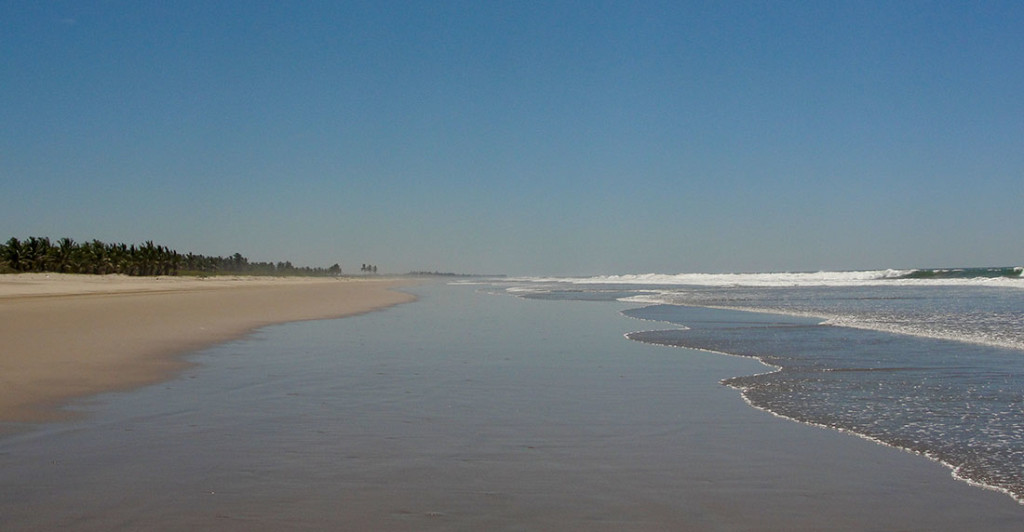
Along the water’s edge there were many holes spouting up water periodically, I was mesmerized. I believe it is a natural occurring phenomenon when air gets trapped under a “blister” of sand. Others had their own theories from crabs and other sea creatures, I never found out for certain. My friend Carol captured one in this great video!
The sand looked like it was filled with flecks of gold, which doesn’t show in the photos. We found a few sand dollars and enjoyed this beautiful natural beach.
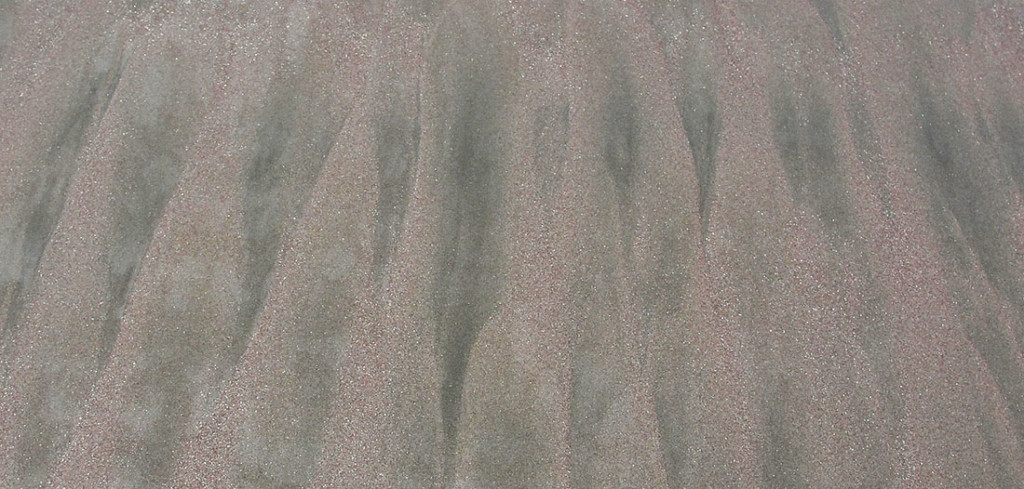
The sky was awesome!
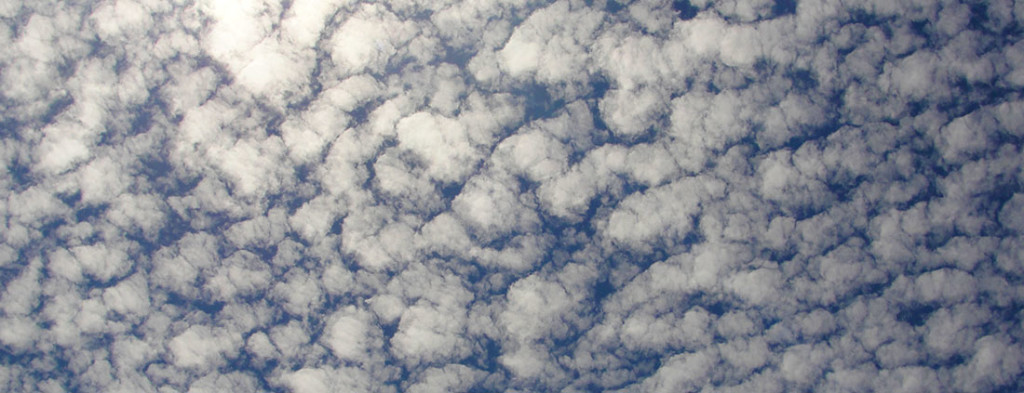
When we returned from our walk on the beach, one of my friends ran up to exclaimed that Polo was moving turtle eggs! I went over to check it out and watched him pull 108 eggs out of a hole he’d dug in the sand. The group he works for, King David, is involved in sea turtle conservation. They’ve made a huge difference in the sea turtle population of this area of Mazatlan. After he dug up the eggs, he moved thm to a monitored safe area. When they hatch in 45 days, they will be put in the ocean without becoming a meal to the hungry local wildlife. The turtles that survive to breeding age will come back to this beach to lay their eggs.
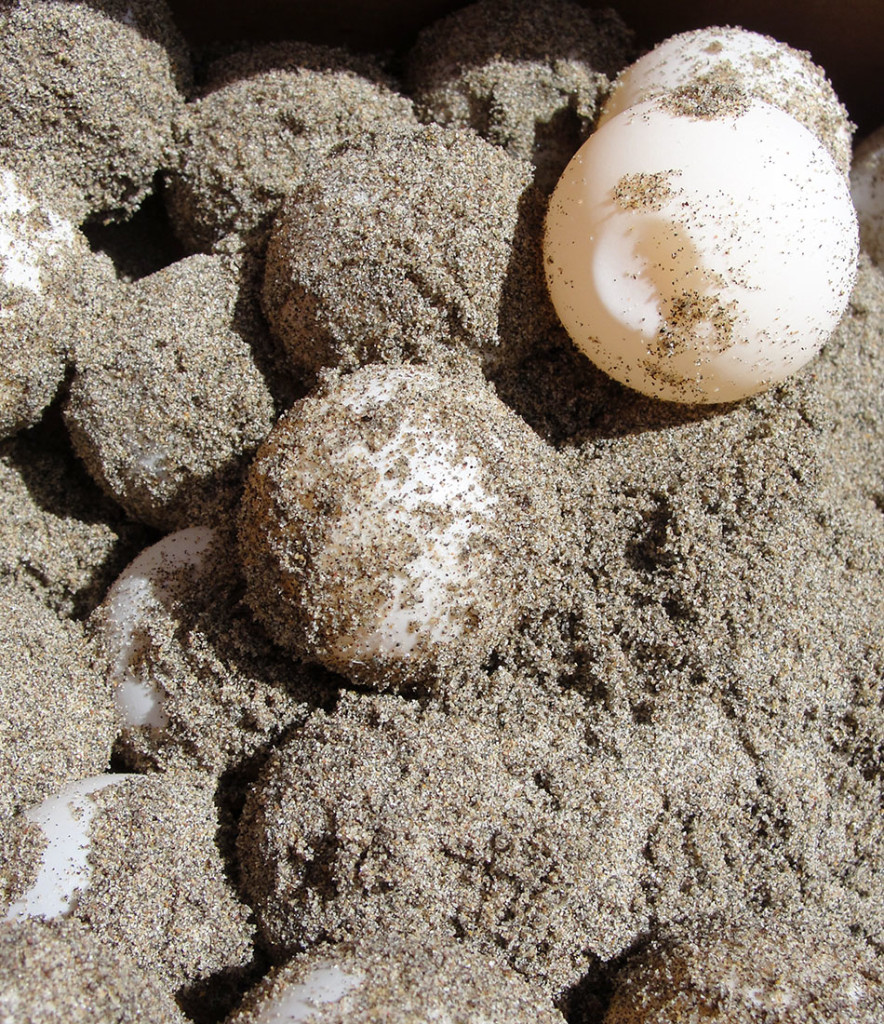
We gathered and got ready to load back up on the trail, but Polo wanted to share a coconut apple with us. He explained that a sprouted coconut will form a sponge-like material inside where the milk would normally be. This sponge-like “apple” will keep the sprout alive until July when hopefully rain will come. If the rain doesn’t come, the sprout will die. He let us all try the coconut apple, it tasted like coconut meat but had the consistency of a sponge with really small holes (imagine a soft Mr. Clean eraser). The coconut meat was still good to eat as well. Now I know how the coconut grows! so interesting.
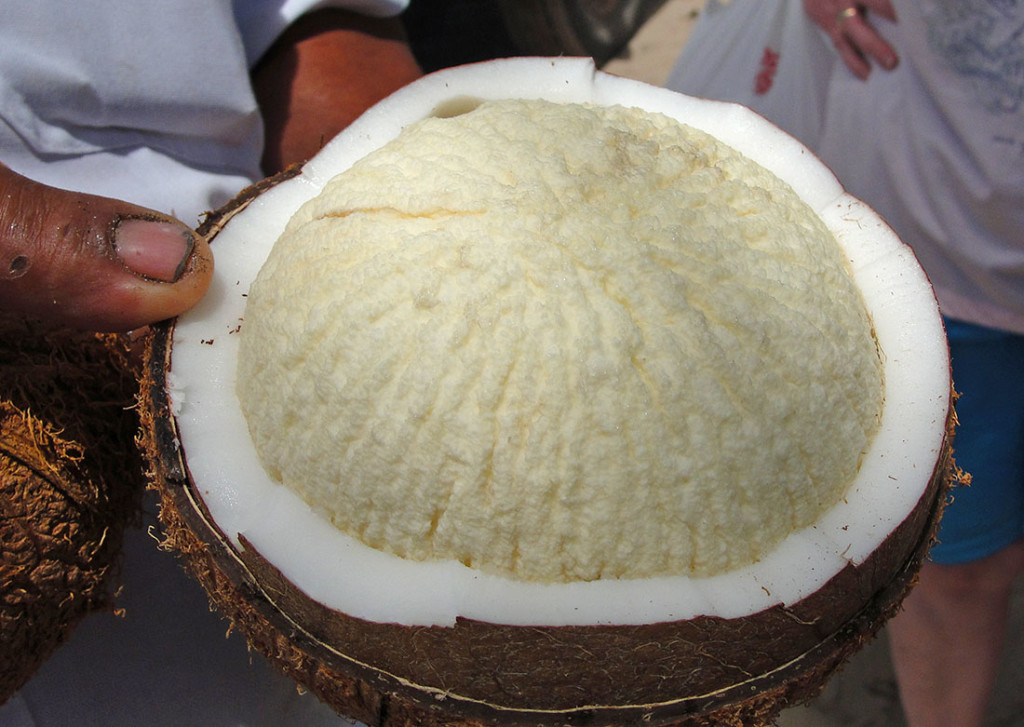
Our trip back was very relaxing. Polo put on a show of feeding the pelicans and frigate birds, it was very exciting. A couple of pelicans stuck with us to the end of our journey.
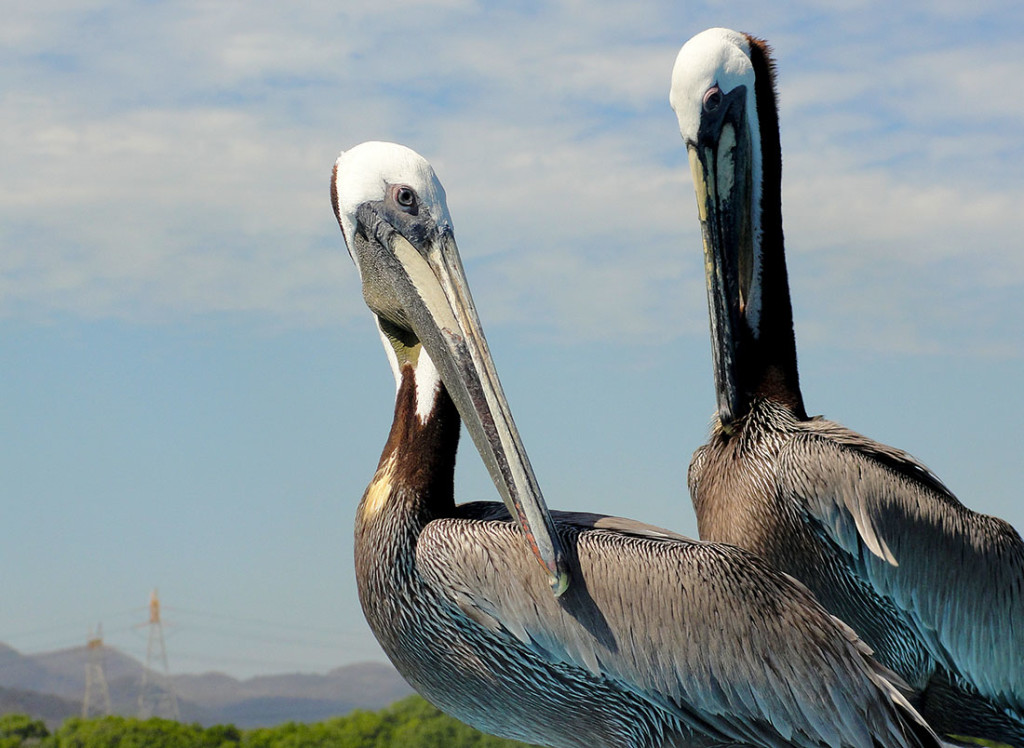
I will end part one of my Mazatlan adventure with another spectacular sunset.
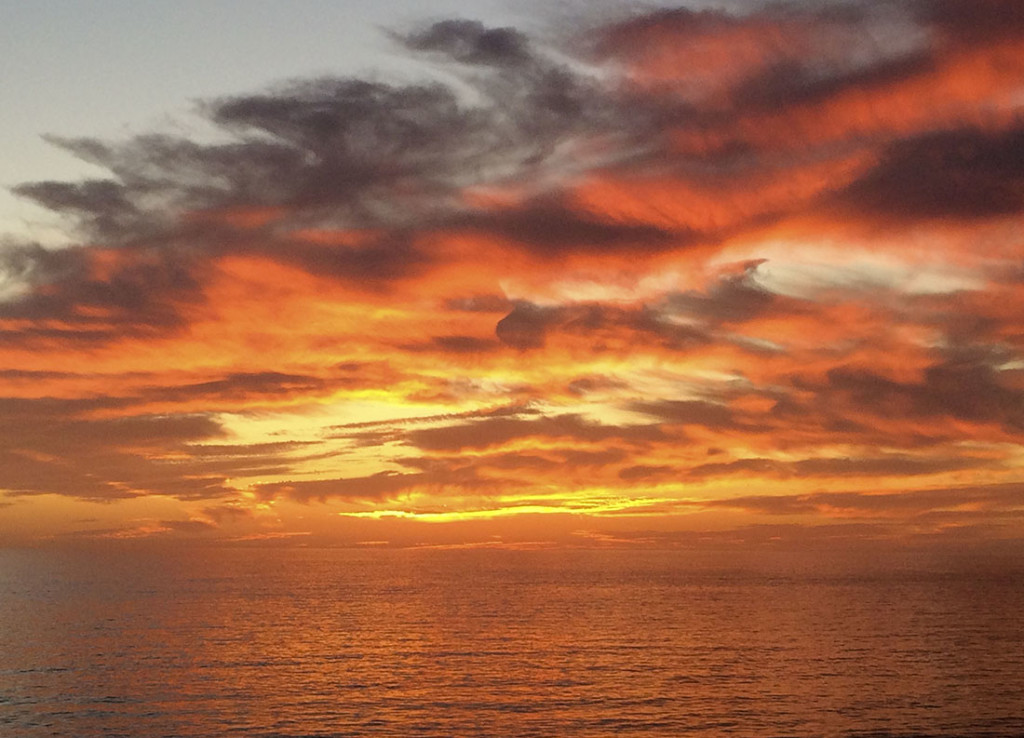
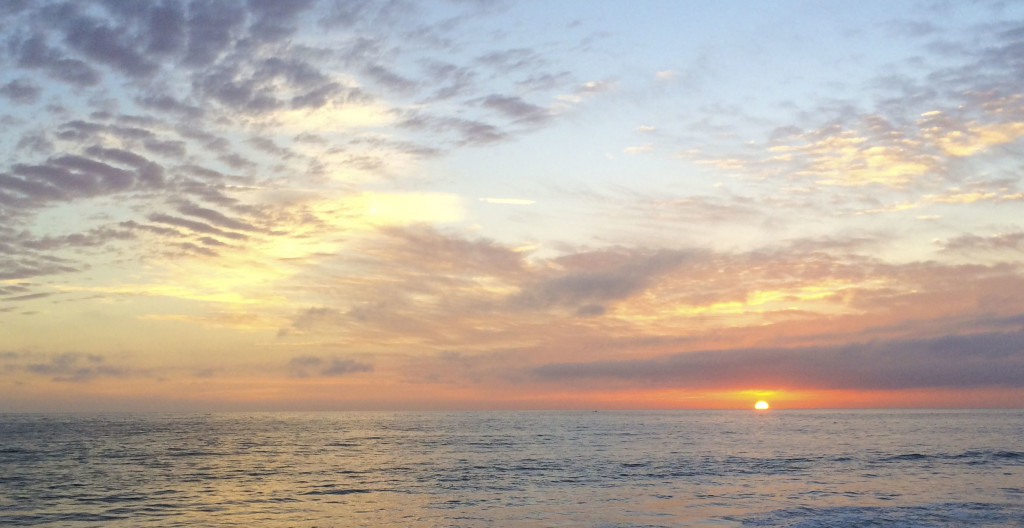
Anxious to see Part 2! Glad to see the turtle eggs are protected.
Looks like you had a great time!
Wonderful pics, Stace!
What happened then???? I want to know and see more pictures.
Really interesting. Thanks for posting